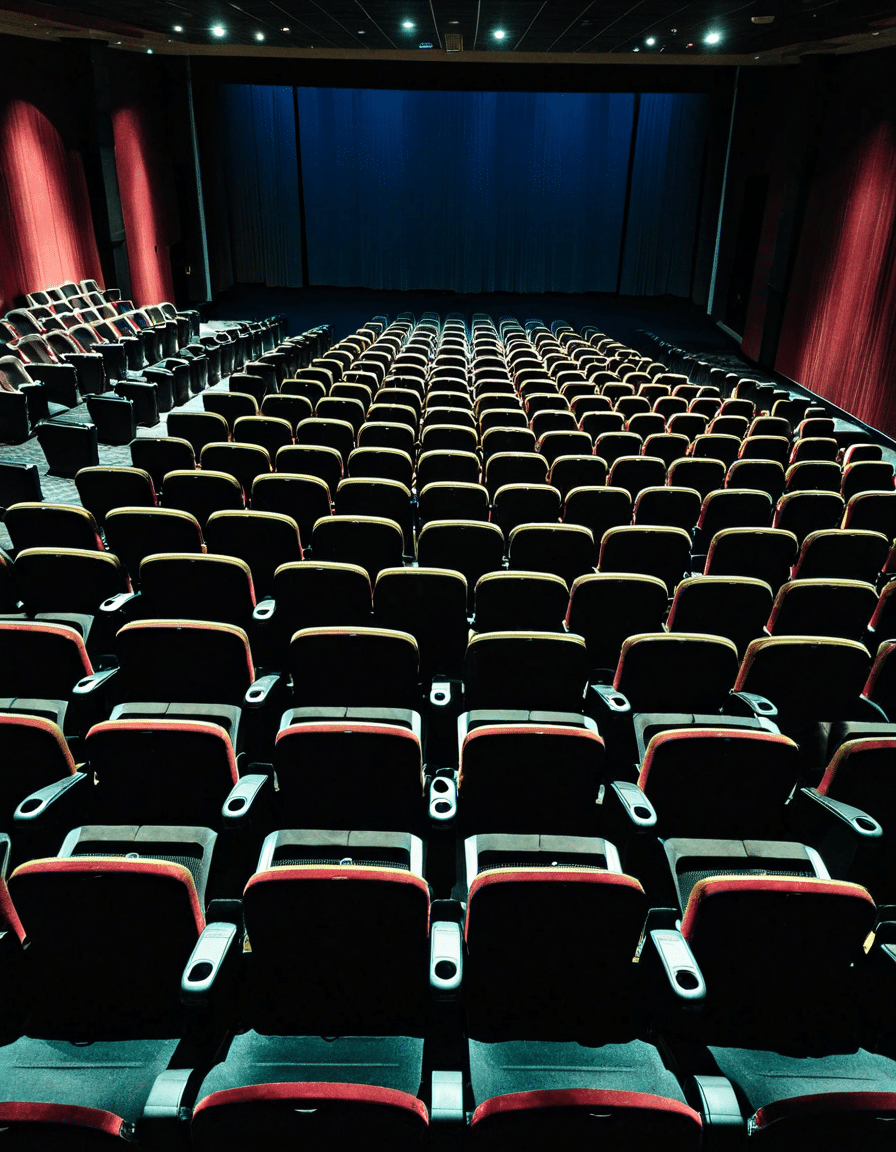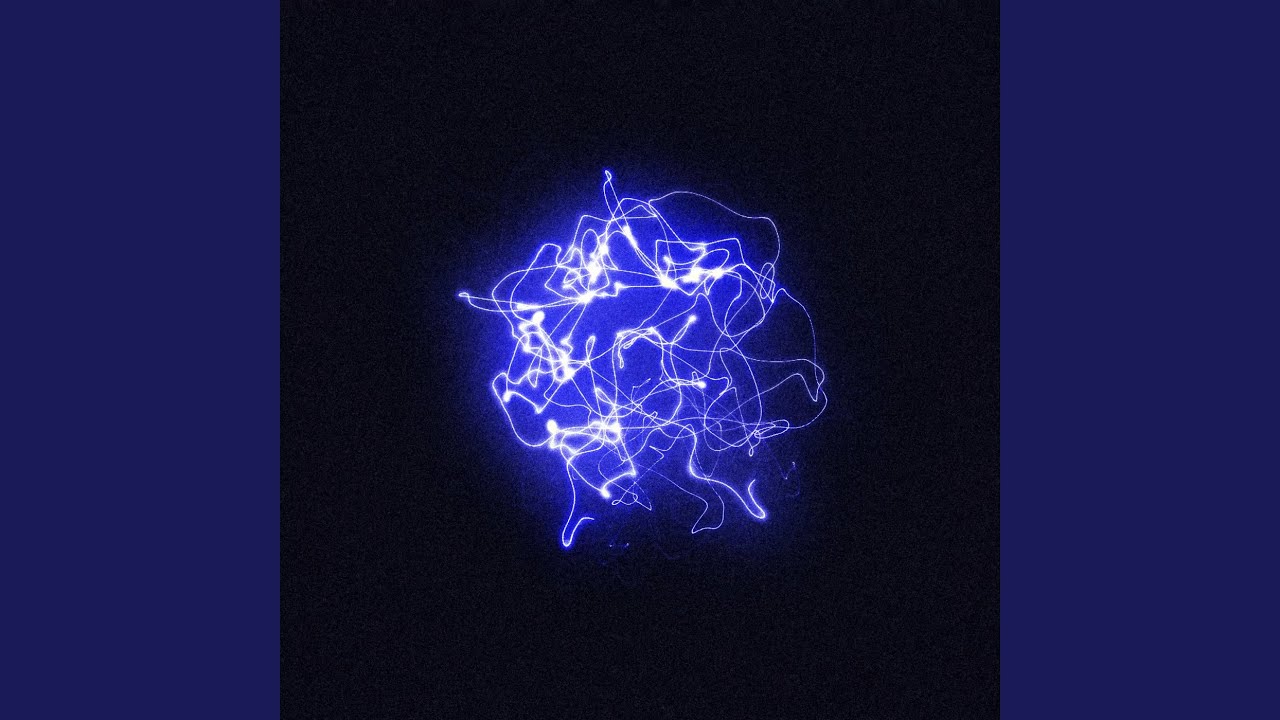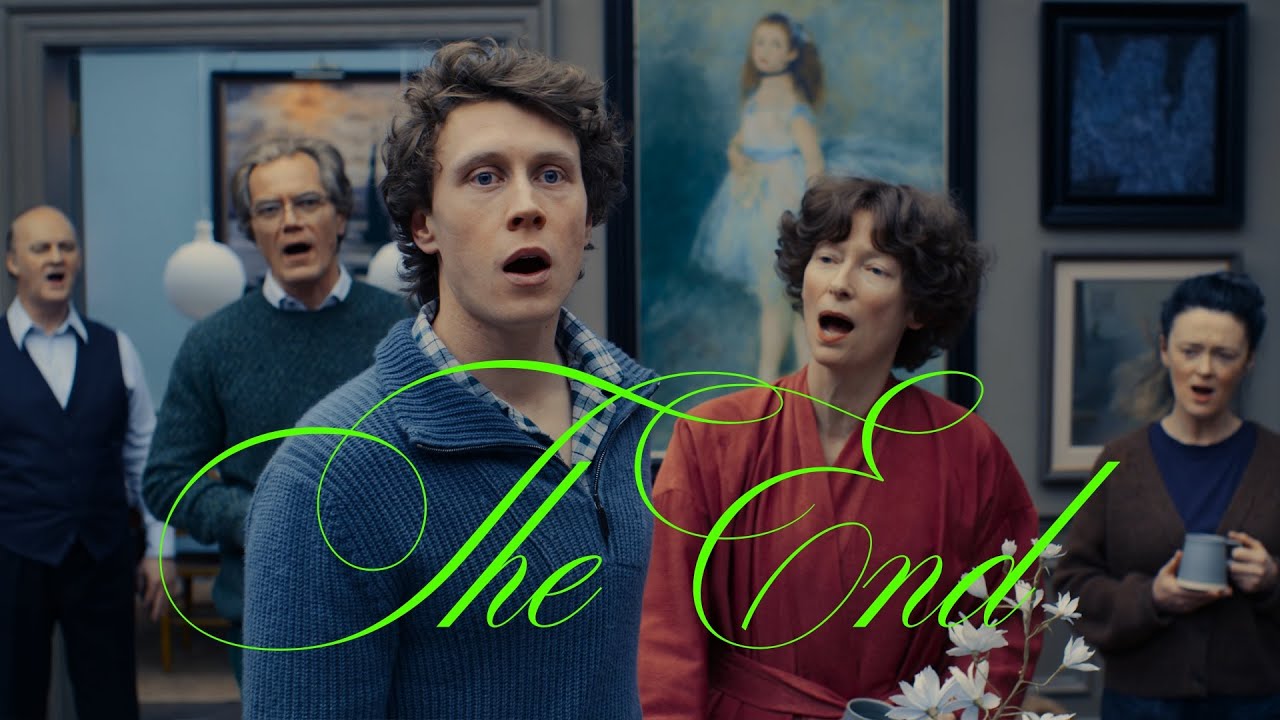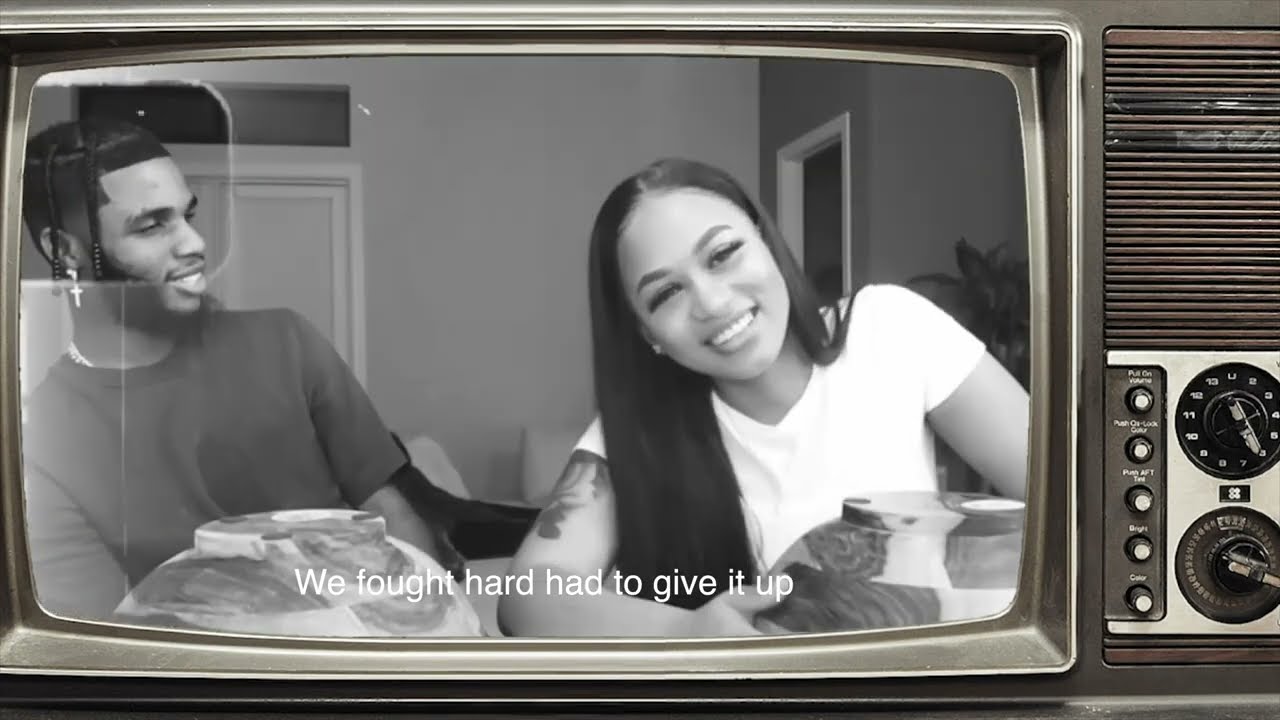The End: How We Got Here
As we delve into 2026, the cinematic landscape has undergone seismic shifts, marking the end of an era in storytelling. From box office giants to the subtle charm of indie films, the way we consume and relate to stories has dramatically changed. The impact of the COVID-19 pandemic acted as a seismic catalyst—forcing us to rethink how we connect with cinema. Now, as we grapple with the end of traditional narratives, we must ask: What does this journey reveal about our connections and expectations as viewers?
The end of a familiar cinematic experience isn’t just about the departure of beloved storytelling techniques. It highlights how filmmakers have reacted and adapted to our transforming demands. The days of the monotonous blockbuster seem to be fading; today, viewers seek immersive narratives that resonate deeply as they sift through the new offerings streaming onto their screens. Remember watching movies like Steel Magnolias, where character-driven storytelling was revered? It’s a far cry from today’s blend of genres and formats, pointing to how our desires have evolved.
With the rise of streaming giants, cinematic storytelling stretches beyond theatre walls. Substantial hits like The Queen’s Gambit transformed how narratives unfold, proving that compelling stories can thrive outside of traditional venues, rendering the typical “event cinema” format somewhat outdated. As we face the end of an era, we prepare to embrace the next wave of cinematic evolution.

It Starts With Us: The Transformation in Storytelling Techniques
To understand the end of this era, let’s appreciate where it began. Filmmakers have always pushed boundaries, reflecting cultural norms and artistic innovations through the decades. There are seven pivotal shifts that underscore this transformation in cinematic storytelling.
Thanks to platforms like Netflix, Amazon Prime, and Disney+, the traditional box office model crumbled. The Queen’s Gambit didn’t just entertain; it redefined storytelling by pulling viewers into an intricate narrative weave, setting a new standard for creativity and approachability in content.
The lines between gaming and cinema are blurring. Titles like The Last of Us showcase emotional depth similar to traditional films, inviting viewers to dive deeper into character arcs, allowing audiences to feel in full control of the narrative. This integration fundamentally changes the viewer’s experience.
This era has elevated voices and stories that once lingered in the shadows. Films like Black Panther and Everything Everywhere All at Once initiated transformative conversations around representation. They didn’t just exhibit diverse casts; they shifted mainstream narratives to prioritizing unique perspectives in blockbuster filmmaking.
Today’s cinema mirrors real-world complexities. Films like Parasite and Nomadland embed significant issues within relatable narratives. They offer more than entertainment—they compel audiences to confront societal challenges through engaging character journeys, proving film can provoke thought and spur dialogue.
Platforms like TikTok have reshaped how films are marketed and discussed. For example, the upcoming It Ends With Us, based on Colleen Hoover’s bestselling novel, has captured attention with its gripping trailer, which trended on TikTok prior to the film’s release. The buzz around this adaptation illustrates how modern storytelling is intertwined with digital culture.
New technologies are redefining storytelling. Productions like The Under Presents invite viewers to interact with content in completely new ways, making traditional viewing a more immersive and engaging experience. This expansion in how stories are told promises exciting developments.
Growing concerns about climate change are reflected in narrative urgency. Documentaries like Chasing Ice are compelling not only for their storytelling but also for their commitment to creating awareness. Filmmakers are crafting narratives that resonate with an audience increasingly aware of these issues, blending entertainment with advocacy.
It Ends With Us: The Relevance of Themes in Modern Cinema
As we approach films like It Ends With Us, the themes now resonate on personal journeys amid turbulence. This movie wades through love and hardship while paralleling the relationship struggles many face today. It’s not merely a love story; it’s an exploration of how connections evolve in chaotic environments.
The film reflects a broader narrative arc that’s prevalent in today’s cinema: stories of connection, resilience, and the human experience take center stage. As the It Ends With Us movie gears up for release, audiences can anticipate a thoughtful and engaging portrayal of modern relationships rooted in real-life challenges.
The It Ends With Us cast promises a dynamic lineup that underscores the film’s commitment to quality narration. Watching how these characters navigate their profound struggles is bound to resonate with viewers, engaging them in the dialogue surrounding contemporary societal norms.
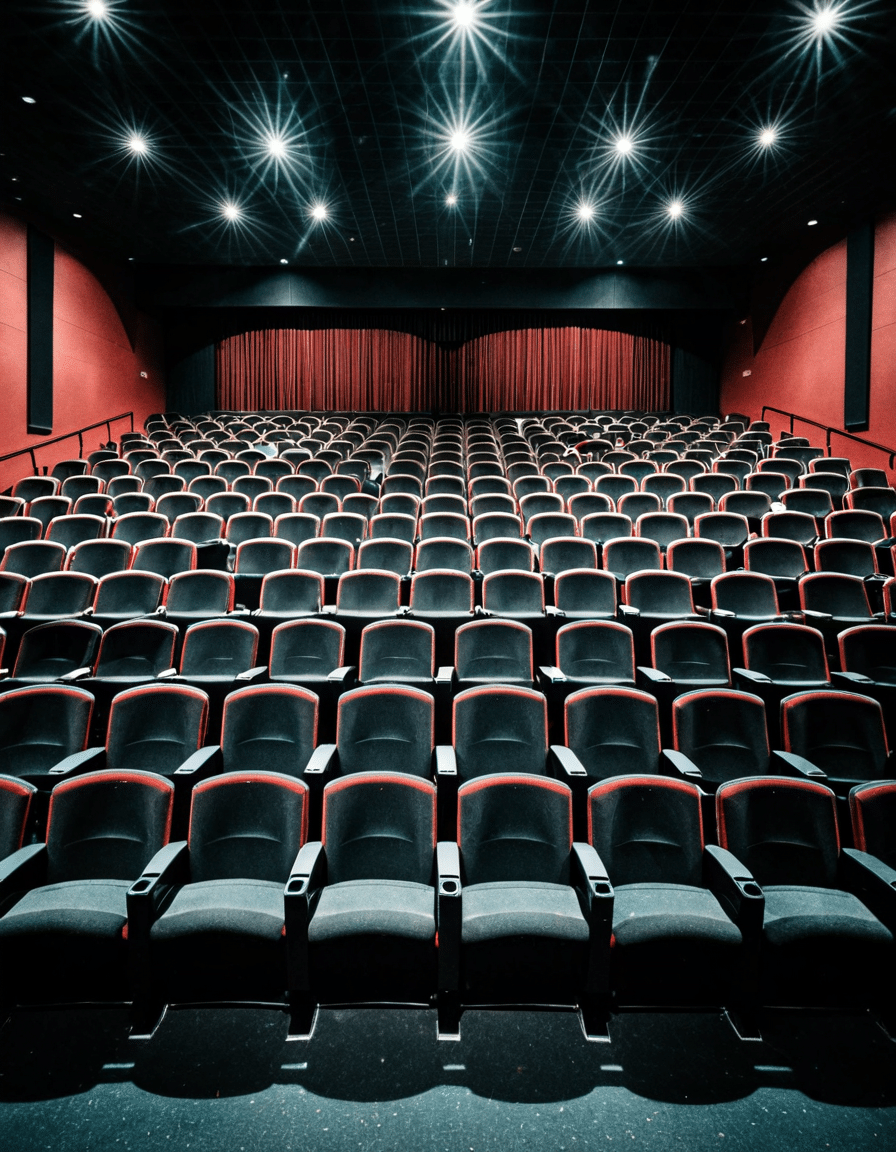
The Day After Tomorrow: What Lies Ahead for Cinema
What does the future hold for cinema? As we look to the day after tomorrow, it becomes clear that the industry must embrace an adaptive mindset. The apparent end of conventional storytelling isn’t the closure we feared; it is an opportunity for reinvention. Filmmakers must explore various avenues:
Wrapping Up: Embracing Change as Our New Narrative
In conclusion, the end of an era in cinematic storytelling is not an endpoint but a pivot point for growth and reinvention. As we step into this new realm of filmmaking, the artistic landscape brims with possibilities. We recognize that change can often be intimidating, but it’s equally an invitation to delve deeper into the essence of storytelling.
With the stories that emerge in this transformative time, we discover that in every ending lies a new beginning. As creators and audiences, we stand poised to craft narratives that provoke thought and inspire action, echoing lives we all share. Embrace the evolution, celebrate the new, and prepare to discover what narratives will unfurl in the years to come.
The End: Trivia & Interesting Facts
The Unraveling Legacy of Cinema
As we explore the end of an era in cinematic storytelling, it’s fascinating to remember how far we’ve come. Take “Pink Floyd: Dark Side of the Moon,” for instance, which isn’t just a legendary album but has also made waves in film culture, serving as inspiration for countless soundtracks and scoring themes in movies. The influence of such iconic works permeates through countless films and genres, reminding us of the artful blending of visuals and sound that turns a simple story into something extraordinary. Speaking of extraordinary, if you’re catching “Venom: The Last Dance,” keep an eye out for its unique blend of action and introspection—find the showtimes you crave to mark your calendars!
Surreal Endings and Visual Symbols
It’s not just about the stories told; it’s the way they’re told that sticks with us. Think about House at The End Of The Street, where the tightly wound narrative connects deeply with audiences, reflecting the psychological edges that creep up in horror. In today’s cinematic landscape, filmmakers often use symbolism much like a song lyric resonates, such as those found in the catchy California Sun, where the sun serves as both a literal and metaphorical end for many characters. And let’s not forget the growing trend of using deep stories laced with themes of connection and human intimacy, as seen in works that embrace Gfe. These films dive into relationships, stripping away facades to reveal the raw human experience at the end of the day.
The Evolution of Storytelling
As we bid farewell to the traditional structures that once governed storytelling, it’s intriguing to witness the shift. Elements like shock and surprise have made their way into narratives, reminiscent of the stylistic choices found in Scissors. This film is a testament to how modern filmmakers aren’t afraid to push boundaries and explore what might come at the end of a story. Audiences are now demanding fresh and thought-provoking conclusions, which in turn challenges creators to evolve alongside these expectations. Furthermore, for those keen on the political intrigue of shows like the Cast Of Day Of The Jackal TV Series, it’s clear that we still hunger for layered narratives that make us ponder long after the credits roll, a true marker of storytelling that’ll resonate years down the line.
Through this exploration of the end, we come full circle, acknowledging both the iconic moments of the past and the vibrant new directions on the horizon. The landscape of film is anything but static, and as we look to the future, it’s clear that the legacy of cinematic storytelling will continue to inspire fresh ideas, keeping audiences engaged and delighted.
